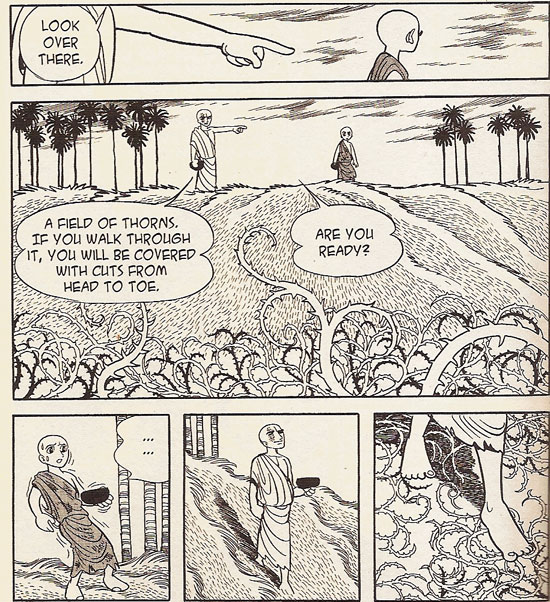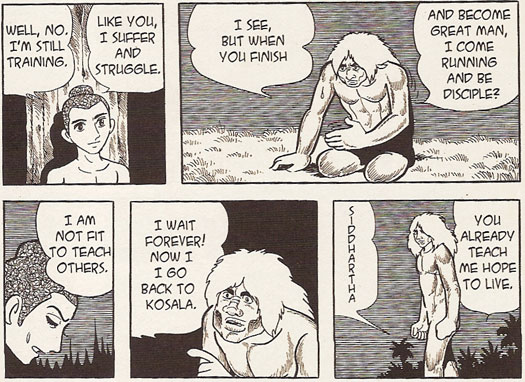Hallie Rubenhold Rediscovers the Worsley Affair

Beatrice is perhaps best known for its focus on fiction; however, my taste in romance novels is influenced in no small degree by an interest in late-eighteenth- and early-nineteenth-century British history, so biographies of figures from that period will almost certainly catch my eye—such was the case with Hallie Rubenhold‘s The Lady in Red, which UK readers may readily recognize as Lady Worsley’s Whim. But how did Rubenhold hit upon one of the most notorious sex scandals of the 1780s as her subject? It began, she explains, with a painting…
Call it perverse, but as a historian, I’ve never been interested in telling the epic stories. Yes, I find the big ‘set pieces’; the battles and incidents of court intrigue fascinating. I’m enthralled by monarchs and presidents, wars and turning points, but I’m also strongly of the belief that true history lies in the details. It’s the bits that have been left out of the history books that are crying out to be told. It’s the voices that have been silenced or never heard before which require attention. My gut instinct has always been to mine the archives and dig out the rare gems, which is how I came across the story of Sir Richard and Lady Worsley.
At first I found it amazing that no one had written a book about them; Lady Worsley’s portrait, painted by Joshua Reynolds (c. 1780), is perhaps one of his most striking and bold works. The full-length painting (which now hangs at Harewood House, a stately home in the north of England) features its subject adorned in a blazing red riding habit, her hand tightly gripping a riding crop. Needless to say, her defiant and unconventional stance raised as much comment in the eighteenth century as it still does today.
It seemed odd to me that although so many eyes had examined this image, no one had been compelled to discover the story behind it. In fact, very little at all was known about the Worsleys, and what I did find only piqued my curiosity further. According to the portrait’s catalogue entry, Lady Worsley, her husband, and her lover, Captain George Bisset had been embroiled in one of the greatest sex scandals of the eighteenth century.
24 August 2009 | guest authors |
Read This: Osamu Tezuka’s Buddha

A few years back, I read volumes one and two of Buddha, a “biography” by the master manga artist Osamu Tezuka, and was immediately captivated by the visual style, particularly the mixture of realistic backdrops and cartoonish figures. But it’s not the just drawings: The very first chapter is a a parable—see sample artwork—with a heartbreaking finish, and Tezuka sustains a similar emotional involvement in his characters over the hundreds and hundreds of pages it takes to tell his tale… and Siddhartha/Buddha isn’t even the main focus much of the time. Tezuka has created several new characters, interweaving their stories with the traditional Buddhist canon, backtracking and digressing and looping it all together again and again.
For some reason, it took me several years to move past the first two volumes, but this weekend I decided to take the plunge, and worked my way through volumes 3-6, and I’m really glad I did. The story basically picks up as Siddhartha begins his spiritual training (albeit, as I said, with some long digressions) through to his initial enlightenment and the arrival of his first disciples. And though Tezuka is quite reverent as far as Buddha’s teachings are concerned, he’s just as playful when it comes to the storytelling, to the point where he’ll crack jokes about this all being a comic book. I can’t recommend these six volumes highly enough, and I can’t wait until I get a chance to read the last two.

23 August 2009 | read this |

 Our Endless and Proper Work is my new book with Belt Publishing about starting (and sticking to) a productive writing practice.
Our Endless and Proper Work is my new book with Belt Publishing about starting (and sticking to) a productive writing practice. 
